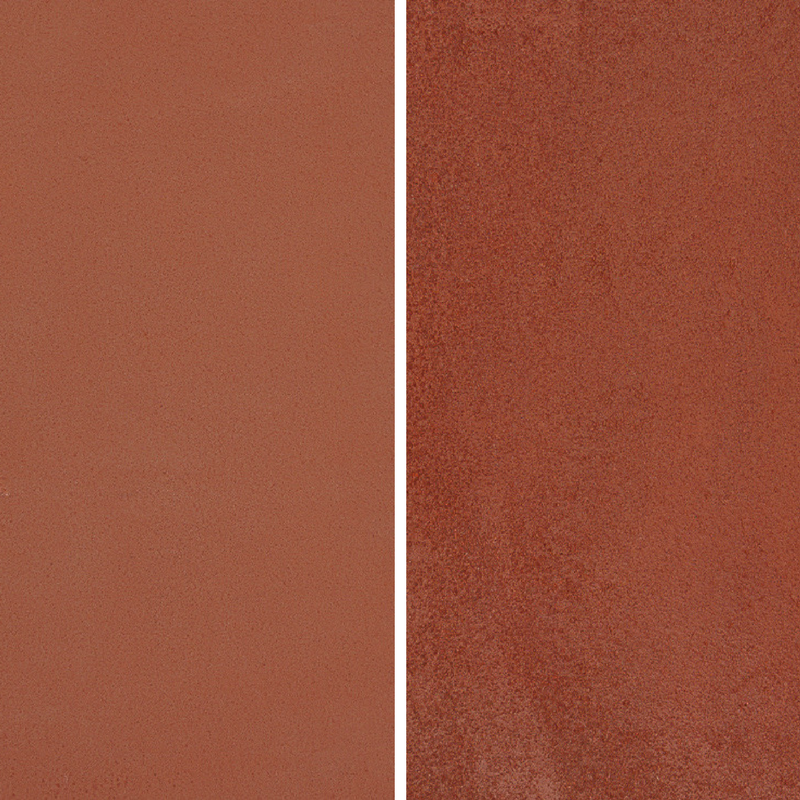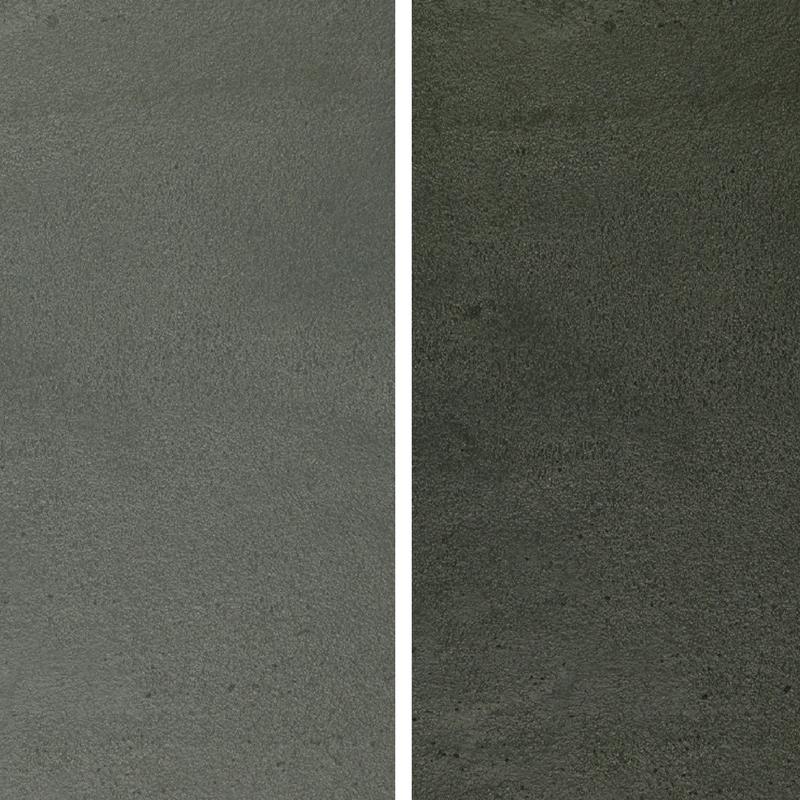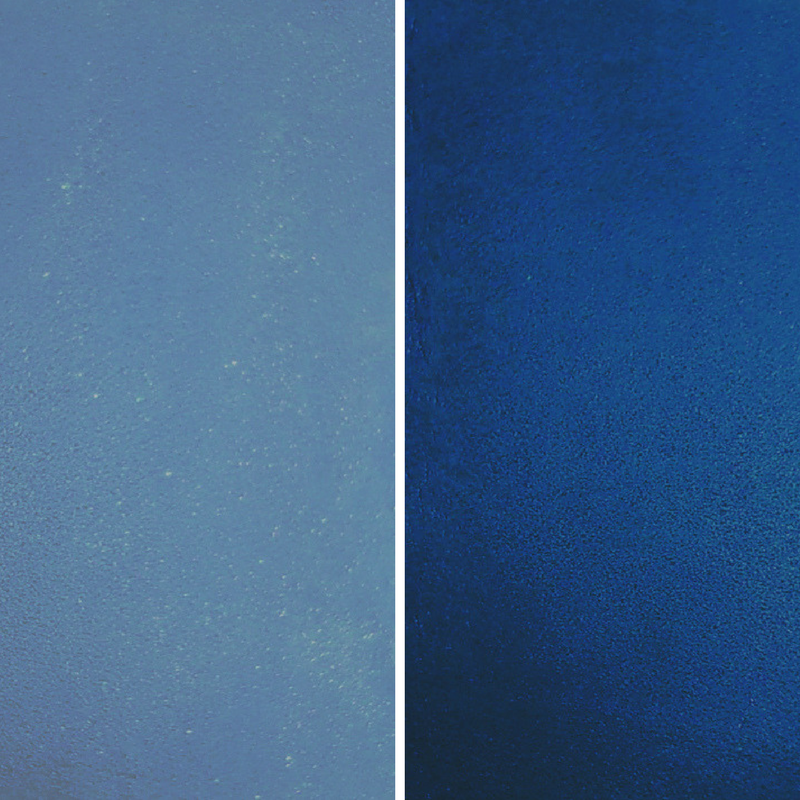Common Concrete Questions
If you are considering using stain to get a new, fresh look for your next project, these common concrete questions from our customers may help you with making that decision. If you have any other concrete questions that weren’t answered, please feel free to reach out to us.
Can I stain concrete without being a professional?
This is one of our most common concrete questions. It is not a requirement to be a licensed contractor to succeed at your own concrete staining project. However, it is very important that you understand all of the processes that go into the application of the cleaner, stain and sealer. Additionally, there are a few tools that are required and if you are missing even one it could cause significant problems. Also, when considering whether to do it yourself, the level of intricacy involved with the design you choose may be another important factor. For example, if you want multiple colors or sophisticated designs, it may be best to leave that to the professionals. Also, if you choose to use chemicals that are toxic, that is another reason to consider a professional.
Is there any type of concrete that can’t be stained?
All concrete can be stained. This concrete question really should be phrased as “what factors can determine the stain quality?” The reason we say this is that all concrete has the ability to receive stain, but the results will never be the same for two different slabs of concrete. The age, color and dirtiness of the concrete are the primary factors. In some cases, there may be coatings or sealants that do not allow the stain to fully penetrate the surface, but that should be offset by selecting the appropriate cleaner prior to staining it.
How do I choose the right type of stain?
There are two primary types of concrete stain: acid-based and water-based stains. Acid-based stains penetrate the surface and create a chemical reaction that makes the stain bond with the concrete. These are translucent colors that allow for unique marble effects. Water-based stains produce a colored coating that can be either translucent or opaque depending on the mix. The colors are considered to be more fluid because there is no reaction occurring. Also, these stains are considered to be much safer because they do not have solvents or acids and contain low VOCs, or even zero VOCs.
What colors are possible using concrete stain?
A very common concrete question that has some caveats… With acid-based stains there are generally less than 10 colors that most manufacturers make and they are primarily subtle earth tones like brown, tan, gray, or something similar. With water-based stains you can sometimes get dozens of colors made by manufacturers. These can include metallic colors, bright exotic colors, and even black or white.
One important insight is that with both stains you can mix colors together to change the way they will appear. Also, you can lay down multiple coats to make them stand out with a more bold look. Finally, many people choose to lay down two separate coats of different colors that will create a custom color. This strategy is implemented on rock-like concrete projects frequently.
How do I select the right color of stain?
Obviously each person has their own vision of what their concrete project should look like at completion. But, there are several main things to ask yourself before selecting a color. Are you trying to match an existing concrete color, surrounding colors or general color scheme? If so, it may be smart to consult with the manufacturer since they most-likely have a color sample list to help identify the target color.
Remember, there is a difference between acid- and water-based stains in terms of the results as well. The acid-based stains are designed to have a large amount of variation and the sealer will bring the color out even more when applied. The stain may be differ from the liquid form and until fully dried and sealed it will be difficult to determine how it appears on the specific concrete it is being applied to. New, clean concrete generally shows the colors more prominently. Concrete questions like this can best be solved by setting up a test spot to check the results on your concrete.
Does concrete stain fade?
One of the most common concrete questions is whether or not to prepare for fading in the staining process. When done properly, the only way the stain should fade is if there is consistent abuse to the surface of the concrete itself. These stains are permanent and made to last because of the penetration involved with all types of stains. Again, cleaners and sealers are also important to ensure the durability of the stain.
What maintenance is required after concrete stain is applied?
Extreme weather, being in the direct line of sprinklers and frequent traffic are some common causes for premature stain degradation. The concrete questions we answered before were focused on getting the right stain in place. But once its on there, the stains are permanent. If outdoor, there should be a layer of sealer and, if indoor, there should always be a layer of wax on top of it. As with any surface, it is important to clean it regularly by mopping. To extend the life of the stained concrete, we also recommend a neutral-pH cleaner be applied occasionally.
What is the difference between concrete stain and paint or other coatings?
Some common and valid concrete questions ask when to use paint, coatings or stain. The most important things to consider are what you want the finished product to look like and what the conditions will be like for that concrete after the application is complete. Paint can be a nice way to bring very bright colors to life, but can be much more difficult to maintain if the concrete is subject to weather or high traffic. Stains have the ability to achieve many different types of looks with a lot less maintenance and opportunity for problems.



